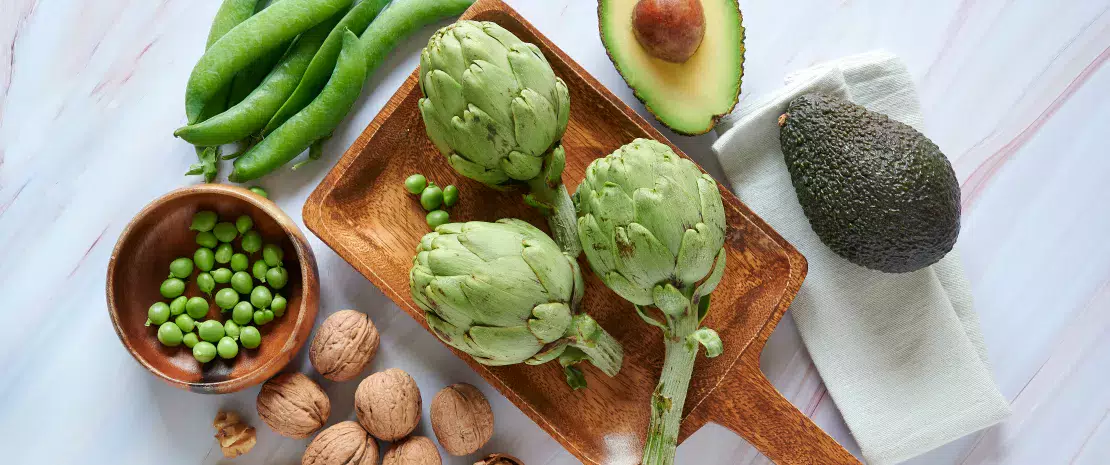Diet and treatment: a history of microbial inequality
“Miracle” diets do not exist, and this also applies to the bacteria of our intestinal flora.7 The prolific diversity of our microbiotas, shaped by our dietary behaviors, might explain why some individuals respond better than others to improved dietetics.
- Learn all about microbiota
- Microbiota and related conditions
- Act on your microbiota
- Publications
- About the Institute
Healthcare professionals section
Find here your dedicated section
Sources
This article is based on scientific information
Sections

About this article
Show me your daily menus and I will tell you what your microbiota looks like: our diet has a massive influence on our intestinal flora, and researchers have been able to draw up standard profiles of intestinal microbiotas. You have a sweet tooth? The chances are that your flora contains a predominant amount of Prevotella, which would improve control of glycemia. Fan of animal protein and saturated fats? You will be rather the Bacteroides type, exposed to an increased risk of colon cancer. You prefer brown rice to white rice? You probably harbor fewer proinflammatory enterobacteria. Then, would the recipe for metabolic happiness be to order our intestinal flora through what we eat?
Unpredictable diets
Unfortunately not, as we are not equal in terms of the positive effects of a balanced diet. It is the fault of our intestinal microbiotas, none of which resembles another in all aspects, even in twins. Hence the impossibility of predicting with precision the effects of a dietary intervention on our intestinal bacteria. A flora naturally rich in Lactobacillus will absorb more probiotics after two weeks of consuming fermented milk. Similarly, a microbiota richer in Prevotella before a three day “diet” of barley bread (high in fiber) helps to better control glycemia compared to microbiotas less well endowed with this bacterial species. Taking into account these individual variations, a diet low in FODMAPs8 could have more or less success with bloating and abdominal pain depending on the initial composition of the intestinal flora.
Some florae are more resilient than others
Eating more fibers will be all the more beneficial for our level of bifidobacteria if we have already consumed it regularly beforehand. Finally, some microbiotas may show themselves more resistant to a change in diet; a resilience which can prove counterproductive in the context of nutritional regulation. The use of algorithms capable of integrating all of this interconnected data is one of the avenues being studied to direct the remodeling of our flora by means of diet. For the moment, and before researchers manage to simultaneously integrate all these parameters at the level of a single individual (dietary habits, composition and resilience of the intestinal flora), a personalized modulation of the microbiota still remains a challenge.
7 Healey GR, Murphy R, Brough L, Butts CA, Coad J. Interindividual variability in gut microbiota and host response to dietary interventions. Nutr Rev. 2017 Dec 1;75(12):1059-1080. doi: 10.1093/nutrit/nux062
8 Oligosaccharides, disaccharides, monosaccharides and fermentable polyols: non digested sugars but fermented by our intestinal bacteria









